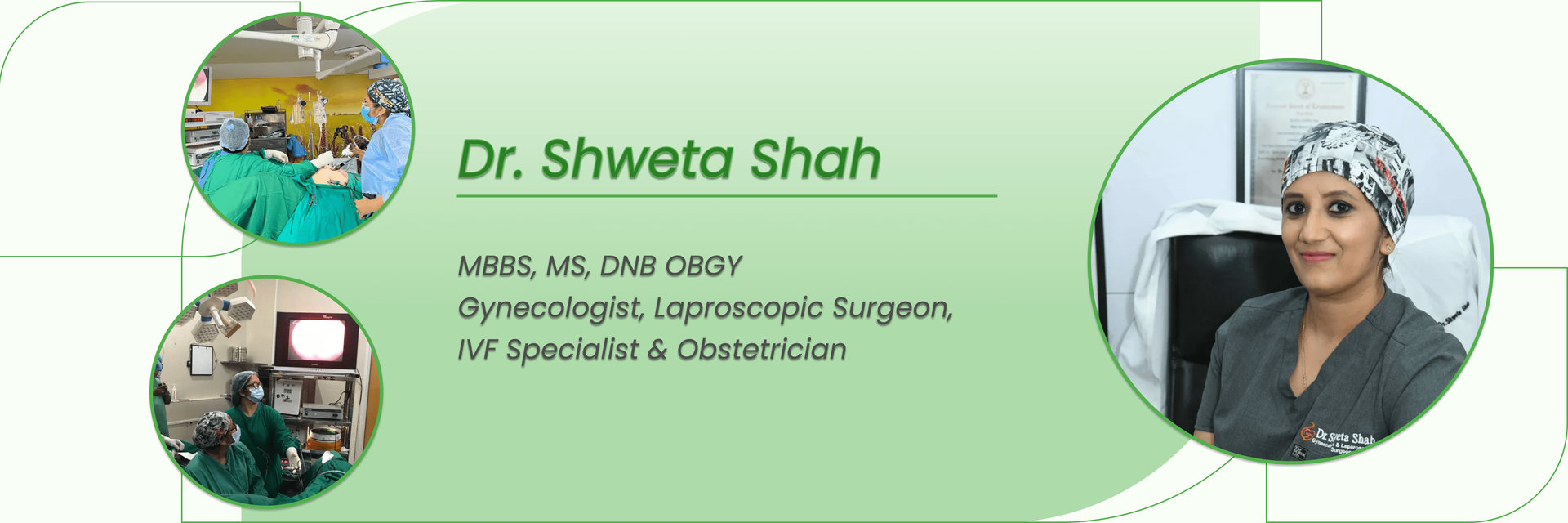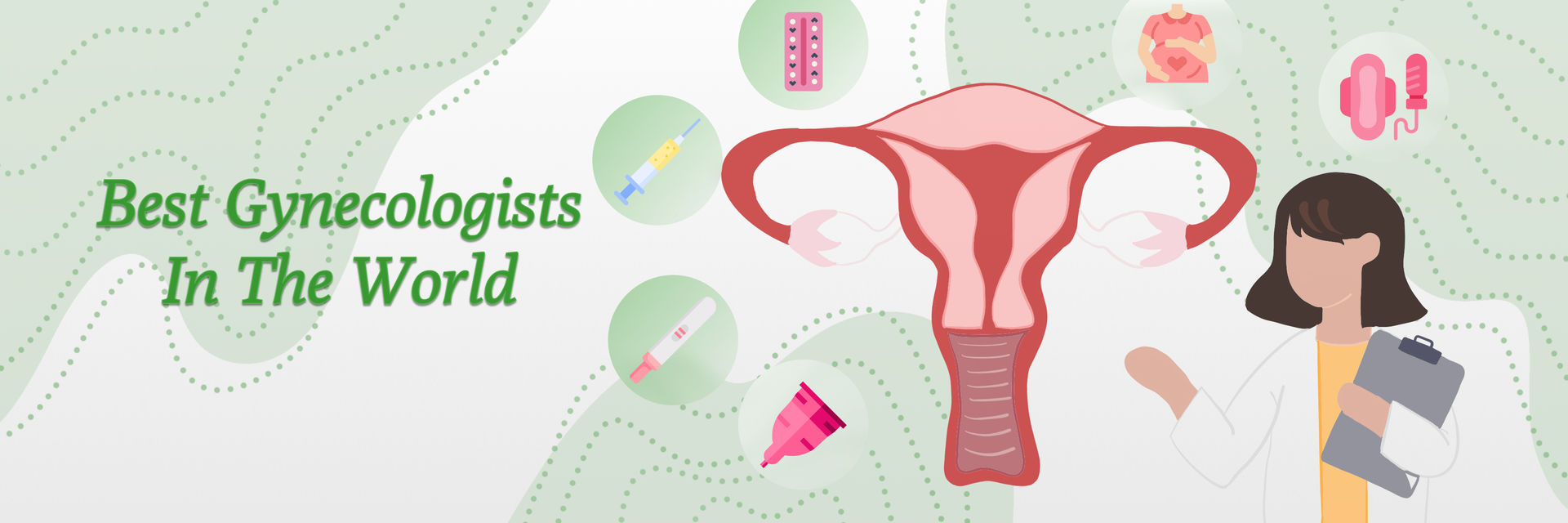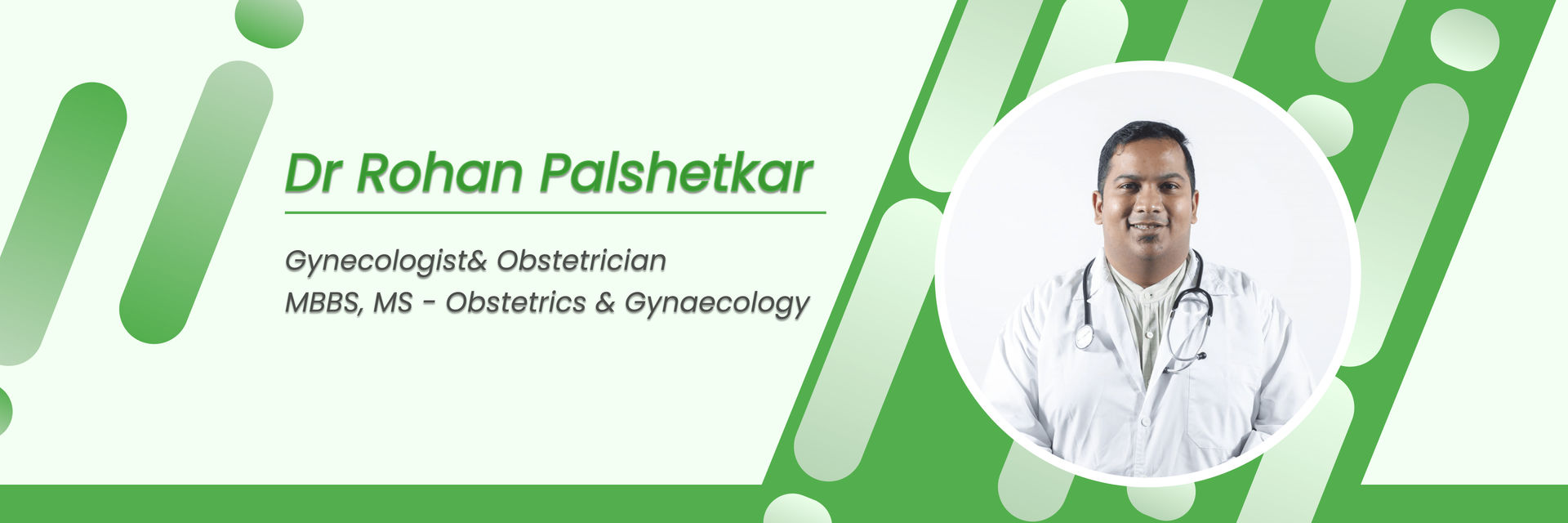The World Health Organization states that 1 in 6 people globally is affected by infertility. One of the leading causes of infertility is Polycystic ovary syndrome (PCOS). It affects an estimated 8–13% of reproductive-aged women worldwide. Adenomyosis is also another cause of infertility. It has been reported that about 24.4% of women have infertility. It affects approximately 2 in 10 women under the age of 40 and 8 in 10 women over the age of 40. Since about 70% of women suffering from these conditions remain undiagnosed, it becomes all the more essential to understand both PCOS and adenomyosis.
So, let’s empower women's well-being by understanding PCOS and adenomyosis better.
PCOS is a hormonal disorder in women of reproductive age. It is characterized by enlarged ovaries containing small cysts and hormonal imbalances. These lead to irregular periods and potential fertility issues.
On the other hand, adenomyosis is a condition where the tissue lining the uterus, called the endometrium, grows into the muscular wall of the uterus. This causes it to thicken and often results in painful and heavy periods. It can also lead to infertility.
Are you wondering if the relationship between PCOS and adenomyosis is a crucial factor in understanding infertility? Let’s find out.
What is the connection between PCOS and adenomyosis?

PCOS and adenomyosis are two distinct reproductive health conditions. There isn't a direct link between them. However, they can coexist in some women, as both conditions are related to hormonal imbalances. PCOS involves disruptions in sex hormones, particularly elevated androgens or male hormones. At the same time, adenomyosis is associated with changes in estrogen levels. The presence of hormonal irregularities in individuals with PCOS may contribute to a higher possibility of developing other reproductive health issues, including adenomyosis.
Uncover the link between PCOS and adenomyosis – book your appointment for personalized insights today.
Are PCOS and Adenomyosis Linked to Infertility?
PCOS and adenomyosis are both medical conditions that can potentially lead to infertility. But they affect fertility through different mechanisms.
Both PCOS and adenomyosis can coexist in some individuals, further complicating the fertility picture. However, other factors such as age, overall health, and the presence of other reproductive conditions can influence fertility in women with PCOS or adenomyosis.
Are you suffering from any of the fertility issues?
Will understanding PCOS and adenomyosis symptoms deepen our grasp on women's well-being? Read on.
What are the Common Symptoms of PCOS and Adenomyosis?

Here are the common symptoms associated with PCOS and Adenomyosis.
- Irregular Menstrual Cycles: Women with PCOS often experience irregular periods, which may be infrequent, absent, or unpredictable.
- Ovulatory Dysfunction: PCOS can disrupt the normal ovulation process, leading to difficulties in conceiving.
- Hyperandrogenism: Elevated levels of androgens or male hormones can lead to symptoms such as acne and male-pattern baldness.
- Polycystic Ovaries: Enlarged ovaries with multiple small cysts may be visible on ultrasound.
- Insulin Resistance: Some women with PCOS may have insulin resistance, which can contribute to weight gain and an increased risk of type 2 diabetes.
- Weight Gain: Obesity is associated with the condition.
- Skin Changes: Darkening of the skin can occur.
- Menstrual Pain: Adenomyosis is often associated with severe menstrual cramps (dysmenorrhea). This may be worse than typical menstrual discomfort.
- Heavy Menstrual Bleeding: Heavy or prolonged menstrual bleeding is seen.
- Enlarged Uterus: The uterus may become enlarged and tender. This leads to a feeling of fullness or heaviness in the pelvic region.
- Pelvic Pain: Chronic pelvic pain, especially during menstruation, is a common symptom.
- Painful Intercourse: Sexual intercourse may become painful due to the presence of adenomyosis.
These symptoms can vary from person to person. Some individuals may not experience noticeable symptoms. Both PCOS and adenomyosis can coexist in some cases, making it challenging to attribute specific symptoms to one condition.
Seize control of your well-being Reach out today to understand and address the common symptoms of PCOS and adenomyosis.
How are PCOS and Adenomyosis Diagnosed?
Diagnosing PCOS and adenomyosis involves a combination of medical history review, physical examination, and diagnostic tests.
- Medical History and Physical Examination: Your doctor will ask about your menstrual history, symptoms, and other relevant medical information. The doctor might do an exam to look for signs of excess androgen.
- Blood Tests: These check hormone levels like LH, FSH, testosterone, and AMH. They might also test glucose and insulin to see if you have insulin resistance.
- Imaging Studies: Transvaginal ultrasound is commonly used to visualize the uterus and assess for signs of adenomyosis. Such as the thickening of the uterine walls and the presence of cystic areas. Studies have shown that doctors can find adenomyosis and endometriosis in about 21.2% to 89.4% of cases using special tests like transvaginal ultrasound and MRI. They are associated with infertility and recurrent pregnancy loss.
- Biopsy: A uterine lining biopsy may be taken to confirm the presence of adenomyosis. This is done through hysteroscopy.
- Elimination of other conditions: Adenomyosis is often diagnosed after ruling out other potential causes of pelvic pain or abnormal bleeding.
- Both PCOS and adenomyosis can coexist, so your doctor may consider evaluating both conditions if symptoms suggest the possibility. The symptoms of both conditions can overlap with other gynaecological issues.
Unlock your well-being with diverse treatment, including lifestyle options for managing PCOS and adenomyosis.
What Treatment Options Are Available for PCOS and Adenomyosis?

Initiate your journey to recovery: Connect with us now to explore tailored treatment options for PCOS and adenomyosis.
- Medications: Oral contraceptives can regulate menstrual cycles, reduce androgen levels, and alleviate symptoms such as acne.
- Anti-diabetic drugs: They can improve insulin sensitivity and help manage metabolic aspects of PCOS.
- Fertility Treatments: For women trying to conceive, ovulation-inducing medications may be recommended.
- In vitro fertilization (IVF) may be considered in more complex cases.
- Weight Management: Weight loss can improve symptoms and hormonal balance. Studies show that approximately 50% of women with PCOS are overweight or obese and have reduced insulin sensitivity.
- Diet and Exercise: Adopting a healthy diet and engaging in regular physical activity can help manage weight and improve insulin sensitivity. This is often an issue in PCOS.
- Pain Management: Over-the-counter or prescription pain relievers may be recommended to manage menstrual pain.
- Anti-Inflammatory Drugs: Nonsteroidal anti-inflammatory drugs (NSAIDs) can help reduce inflammation and alleviate pain.
- Hormonal IUD: An intrauterine device releasing progestin can be effective in managing heavy bleeding and pain.
- Hysterectomy: In severe cases or for those who have completed their family, removal of the uterus may be considered as a definitive treatment.
- Endometrial Ablation: It involves destroying the lining of the uterus to reduce menstrual bleeding.
How Can Lifestyle Changes Impact PCOS and Adenomyosis?
Lifestyle changes can play a significant role in managing symptoms and improving overall well-being for individuals with PCOS and adenomyosis. Here are ways in which lifestyle modifications can impact these conditions:
- Dietary Modifications: Adopting a balanced and nutritious diet can help manage weight and improve insulin sensitivity. It is often seen in PCOS.
- Low-Glycemic Index Foods: Choosing foods with a low glycemic index can help stabilize blood sugar levels.
- Regular Exercise: Engaging in regular exercise, such as brisk walking, jogging, or cycling, can help improve insulin sensitivity, manage weight, and regulate menstrual cycles.
- Weight Management: Achieving and maintaining a healthy weight is important in managing PCOS symptoms, especially for those who are overweight.
- Stress Reduction: Practices such as meditation, deep breathing exercises, yoga, or mindfulness can help reduce stress levels, positively impacting hormonal balance.
- Adequate Sleep: Ensuring sufficient and quality sleep is crucial for overall health and hormonal regulation.
- Limiting Processed Foods: Reducing the intake of processed and sugary foods can help stabilize blood sugar levels and support weight management.
- Diet and Inflammation: Consuming foods with anti-inflammatory properties, such as fruits, vegetables, whole grains, and omega-3 fatty acids, may help manage inflammation associated with adenomyosis.
- Exercise: Regular exercise can improve blood circulation, reduce inflammation, and alleviate symptoms like pain.
- Avoiding Hormone Disruptors: Minimizing exposure to environmental factors that may act as hormone disruptors, such as certain chemicals in plastics, can be beneficial.
- Regular Health Checkups: Regular checkups with healthcare providers are important for monitoring symptoms and adjusting treatment plans.
Elevate your well-being: Call us today to schedule your appointment and discover how lifestyle changes can positively impact PCOS and adenomyosis.
References:
https://www.who.int/news-room/fact-sheets/detail/polycystic-ovary-syndrome
https://www.sciencedirect.com/science/article/abs/pii/S1472648320300997
https://atlii.com/adenomyosis-and-fertility/






